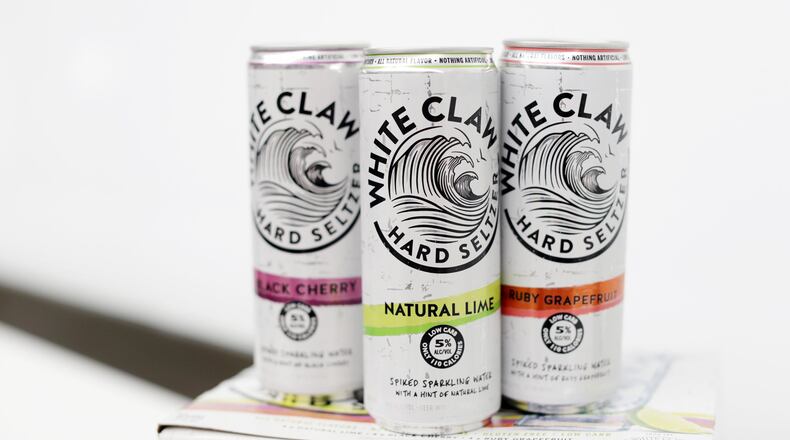Question: What is beer?
Not long ago, the answer (often recited in some form or another on brewery tours everywhere) was simple: It’s an alcoholic beverage made with water, malt, hops and yeast.
Of course, there were always exceptions, including adjuncts such as corn, rice, wheat, rye and oats.
And before hops, herbs and spices were used to flavor beer, and are still common in many styles. Think winter warmers with nutmeg and cinnamon, or classic witbier flavored with coriander and orange peel.
Fruits and vegetables have been used to add aroma, flavor and color, or more readily fermentable sugars. And American craft brewers have a long history of creating the likes of pumpkin, sweet potato, chocolate, and chile pepper beers.
Currently, Wikipedia claims: “Beer is one of the oldest and most widely consumed alcoholic drinks in the world. It is also the third most popular drink overall after water and tea.”
But in a recent story for the Daily Beast, longtime beer and spirits writer Lew Bryson asks: “How the Hell is White Claw Hard Seltzer Outselling Budweiser?”
The quick answer: “Millennials are drinking staggering amounts of hard seltzer instead of beer. In the most recent reported sales figures, White Claw outsold every craft beer brand. In July, White Claw claims it outsold Budweiser. Yes, Budweiser.”
For the longer, more complicated why, read Bryson’s entire take, which ends on this wary note: “Hard seltzers are just getting started.”
In another recent story, Atlanta-based Beer Connoisseur contributor Jonathan Ingram asks another scary question: “Has Craft Beer’s Revolution Entered the Twilight Zone?”
As Ingram explains, “Due to the explosive increase in brewery start-ups, craft brewers are spending much of their time competing against one another.”
And then he asks: “With hard seltzer and cannabis beers turning many heads and joining the already stiffer competition from spirits and wine, is craft’s bubble bursting under competitive pressure? Will the originators of America’s flavorful beer category have to reinvent themselves yet again?”
In many ways, using Atlanta as a microcosm, breweries have already gone through some major and notable reinventions. Suddenly, small is beautiful, taprooms are vital, distribution is optional, and much of the beer most favored by millennials isn’t like the beer of the water, malt, hops and yeast archetype.
In case you missed it, older guys like Bryson, Ingram and me often joke about “beer-flavored beer.” And even some younger brewers I know mock overused descriptors like “juicy” and “fruity” and styles like “milkshake” and “smoothie” IPA and “pastry” stout.
Certainly, New England IPAs, kettle sours, and wild beers have crossed into the mainstream, though I’m not at all convinced that most contemporary examples are as brilliant as devotees believe.
But as I’ve noted, along with many others, the real irony is that while more experimental styles dominate taprooms and are coveted by hardcore fans, lager is making a major comeback, as bigger craft breweries offer updated takes on the classic crisp, clean style, and package it in cans, just like in the old days of “yellow beer.”
Where all this will go, I don’t think anyone knows. But change seems to be constant now. And the brewery boom that’s happening all around Atlanta isn’t expected to slow down any time soon.
RELATED:
Read more stories like this by liking Atlanta Restaurant Scene on Facebook, following @ATLDiningNews on Twitter and @ajcdining on Instagram.
About the Author
Keep Reading
The Latest
Featured


